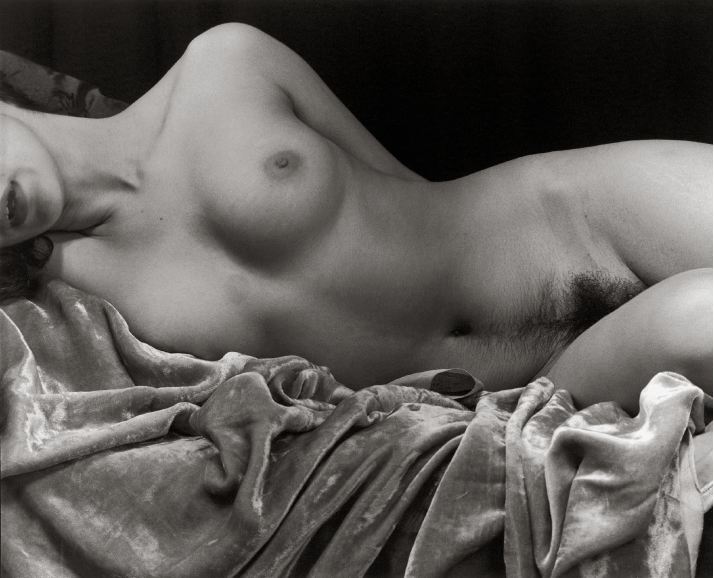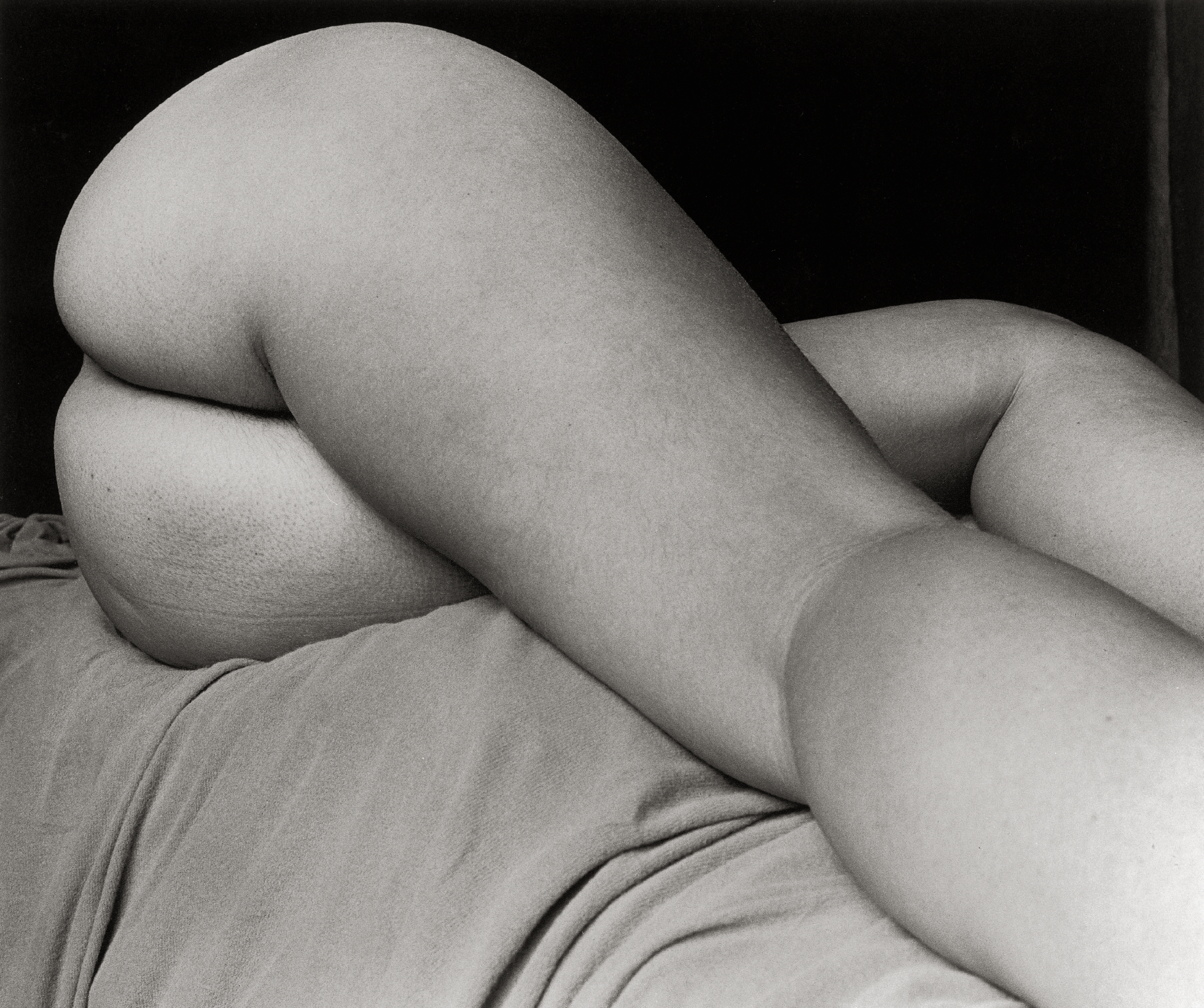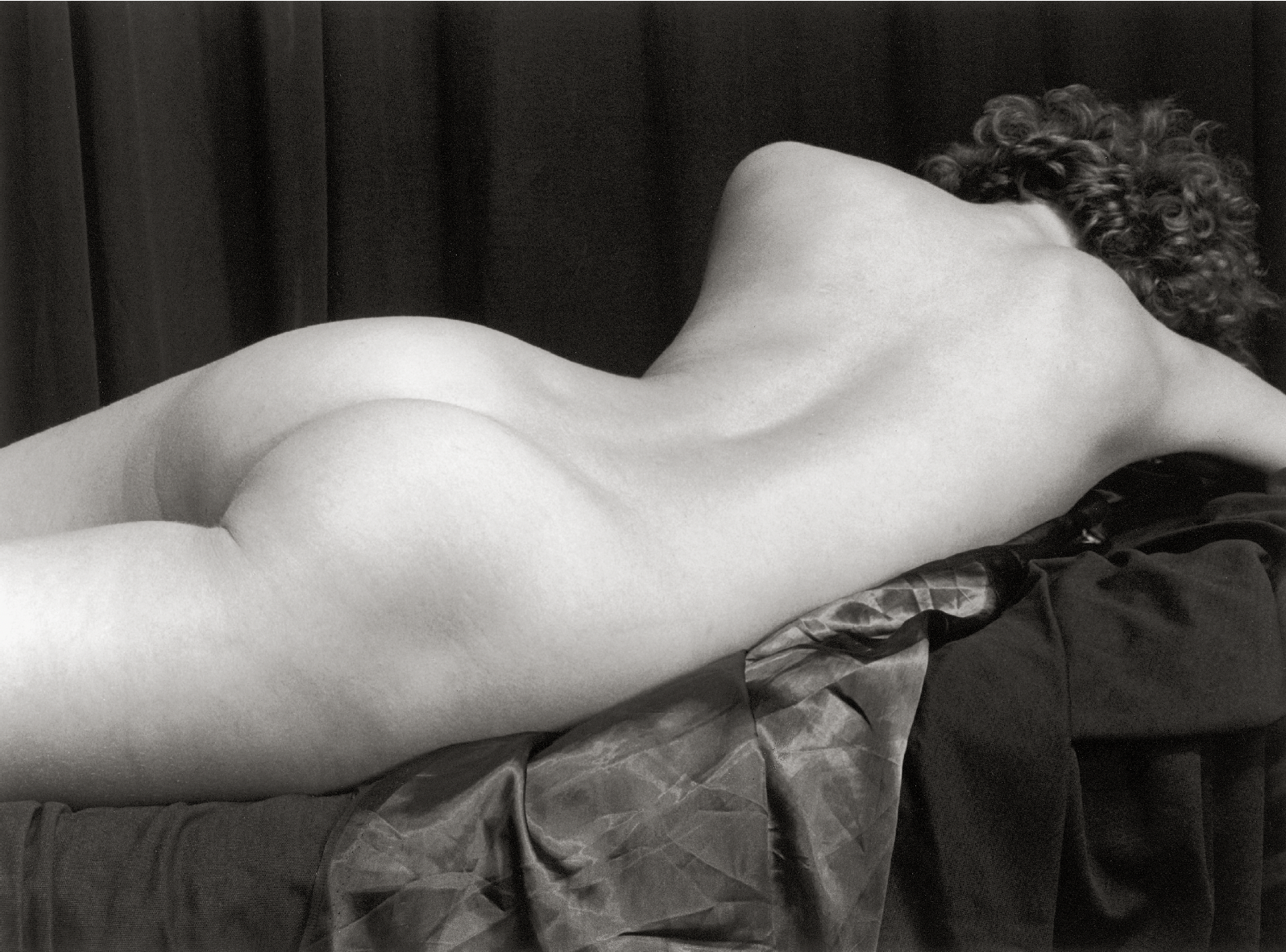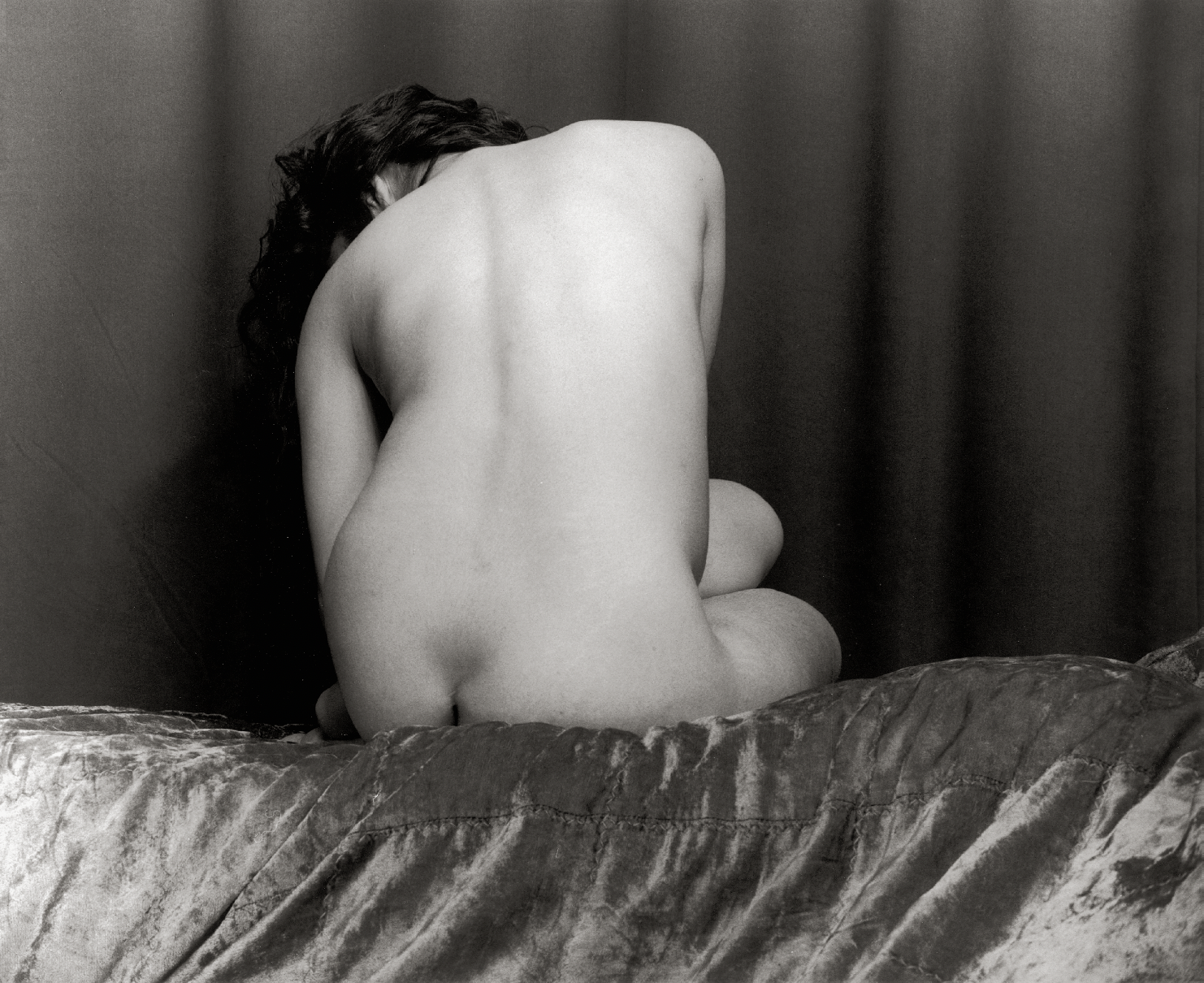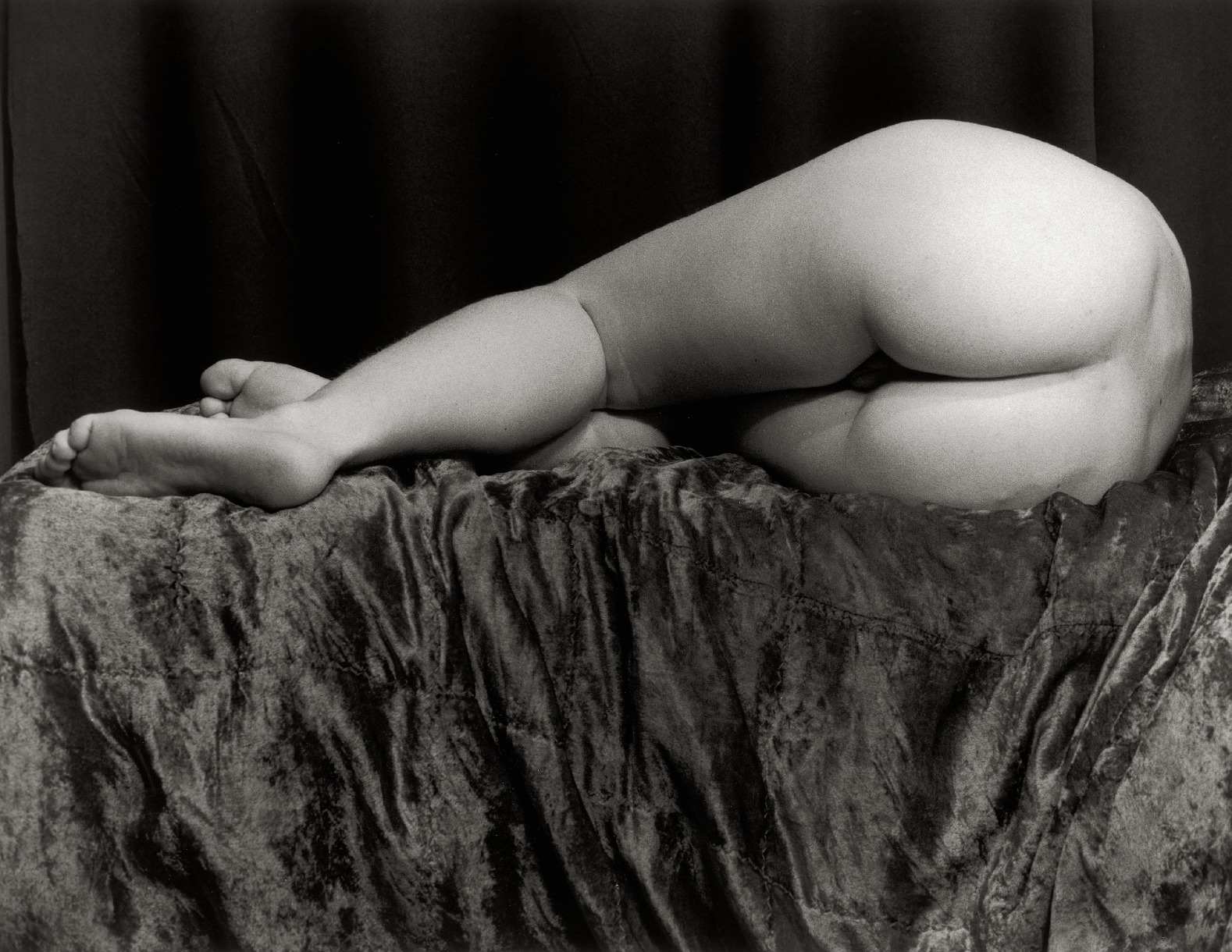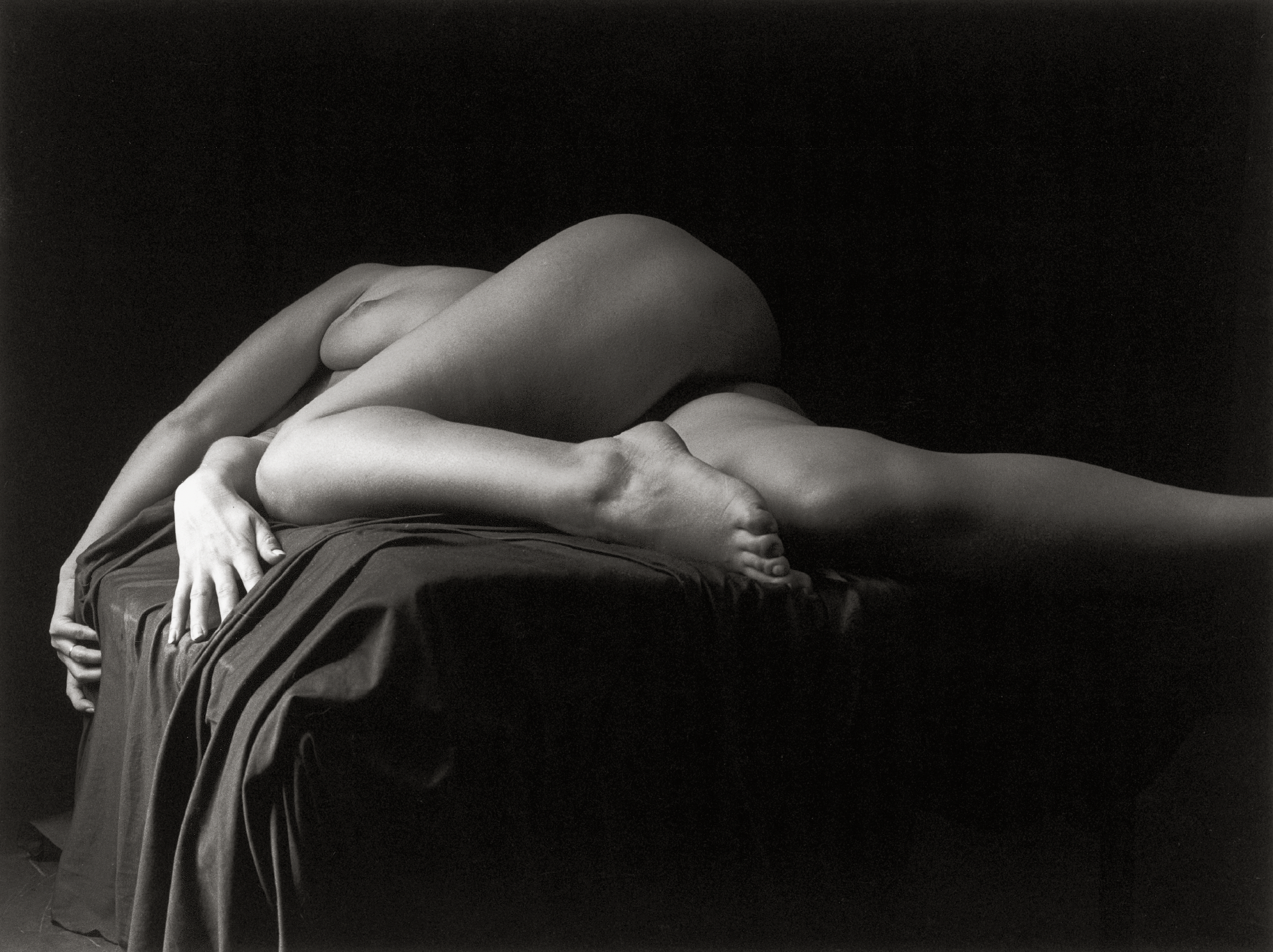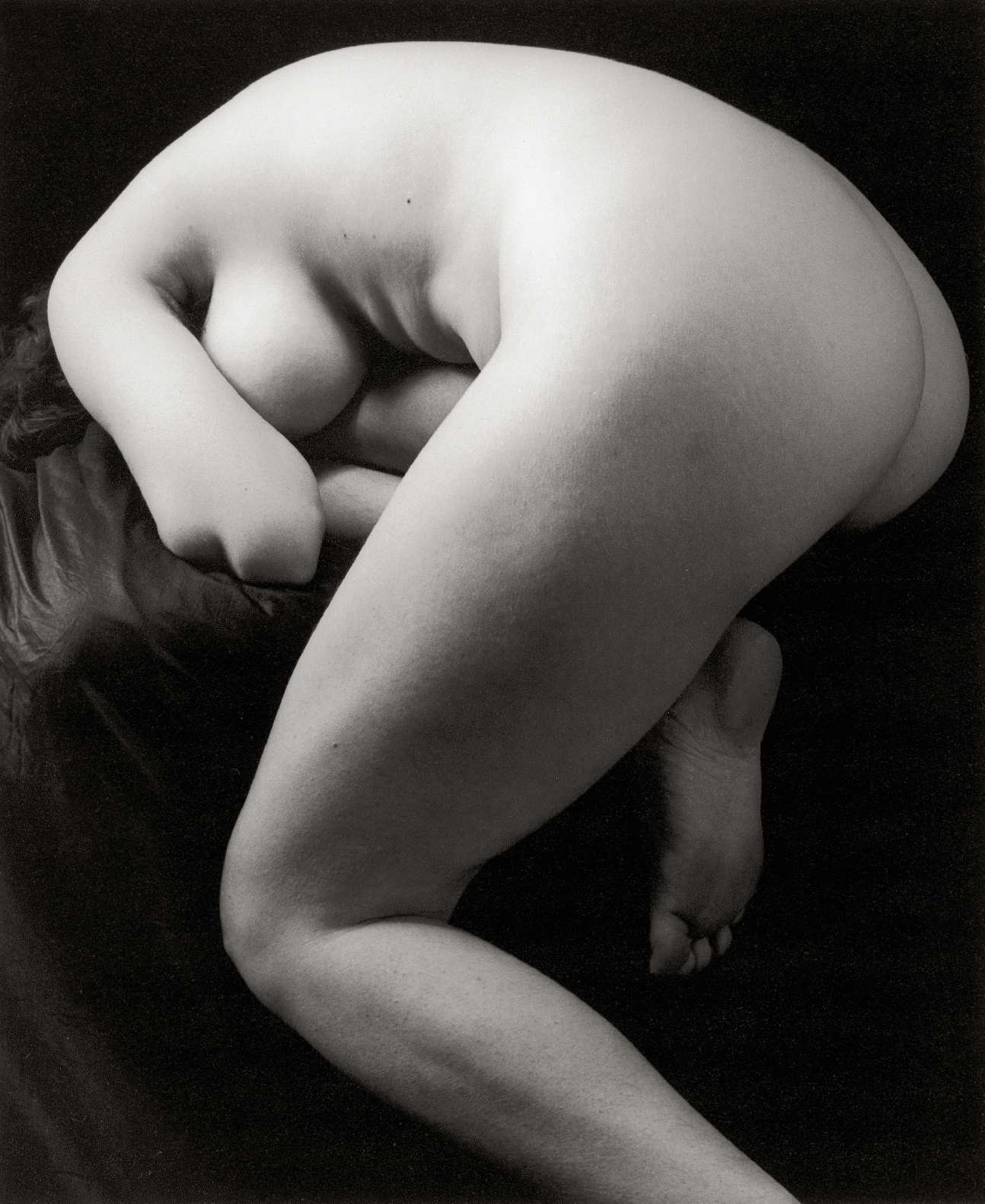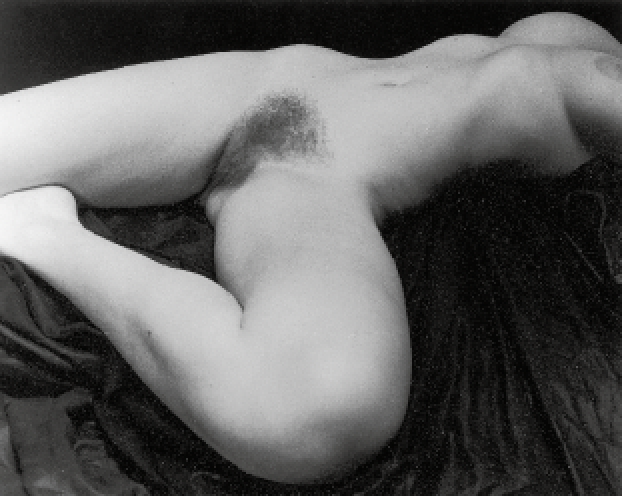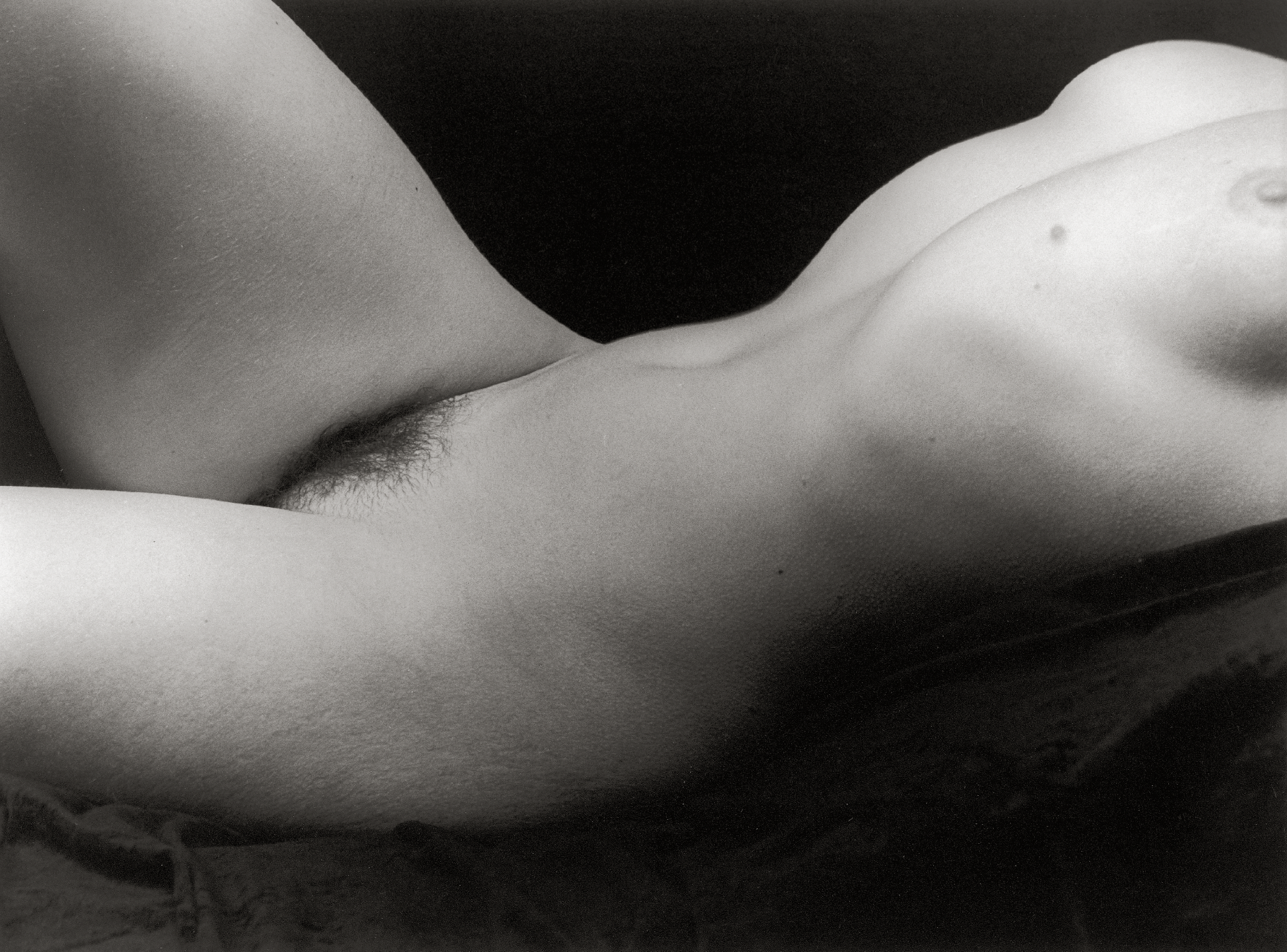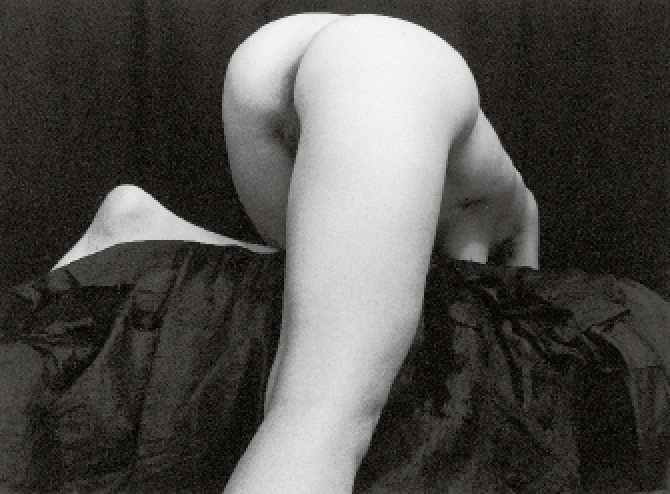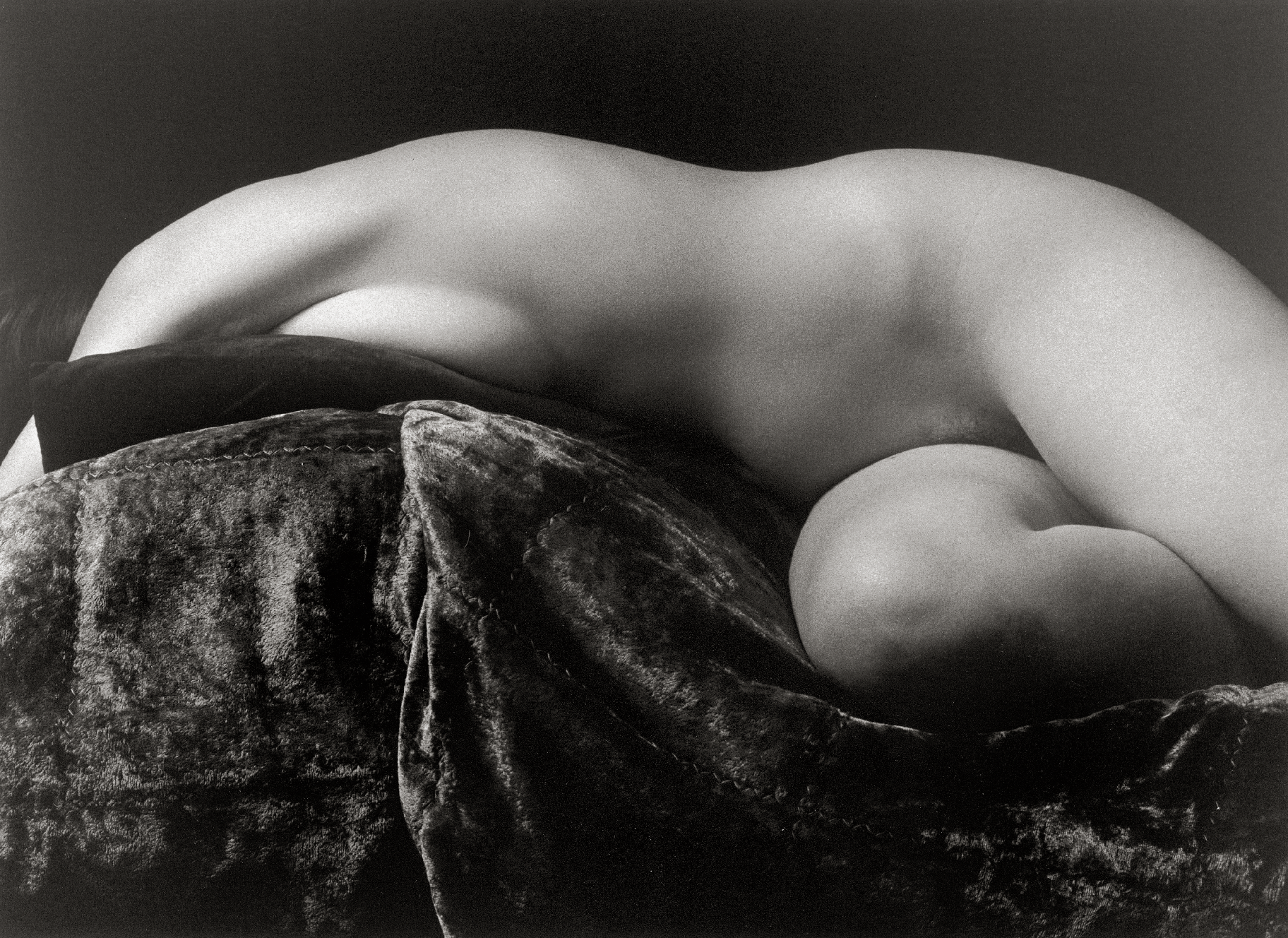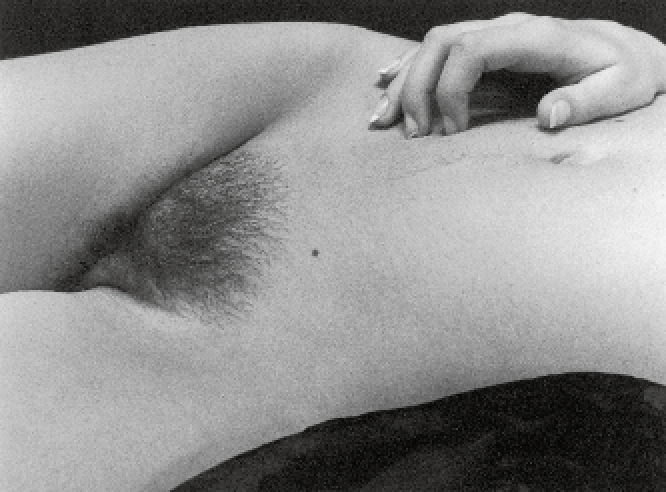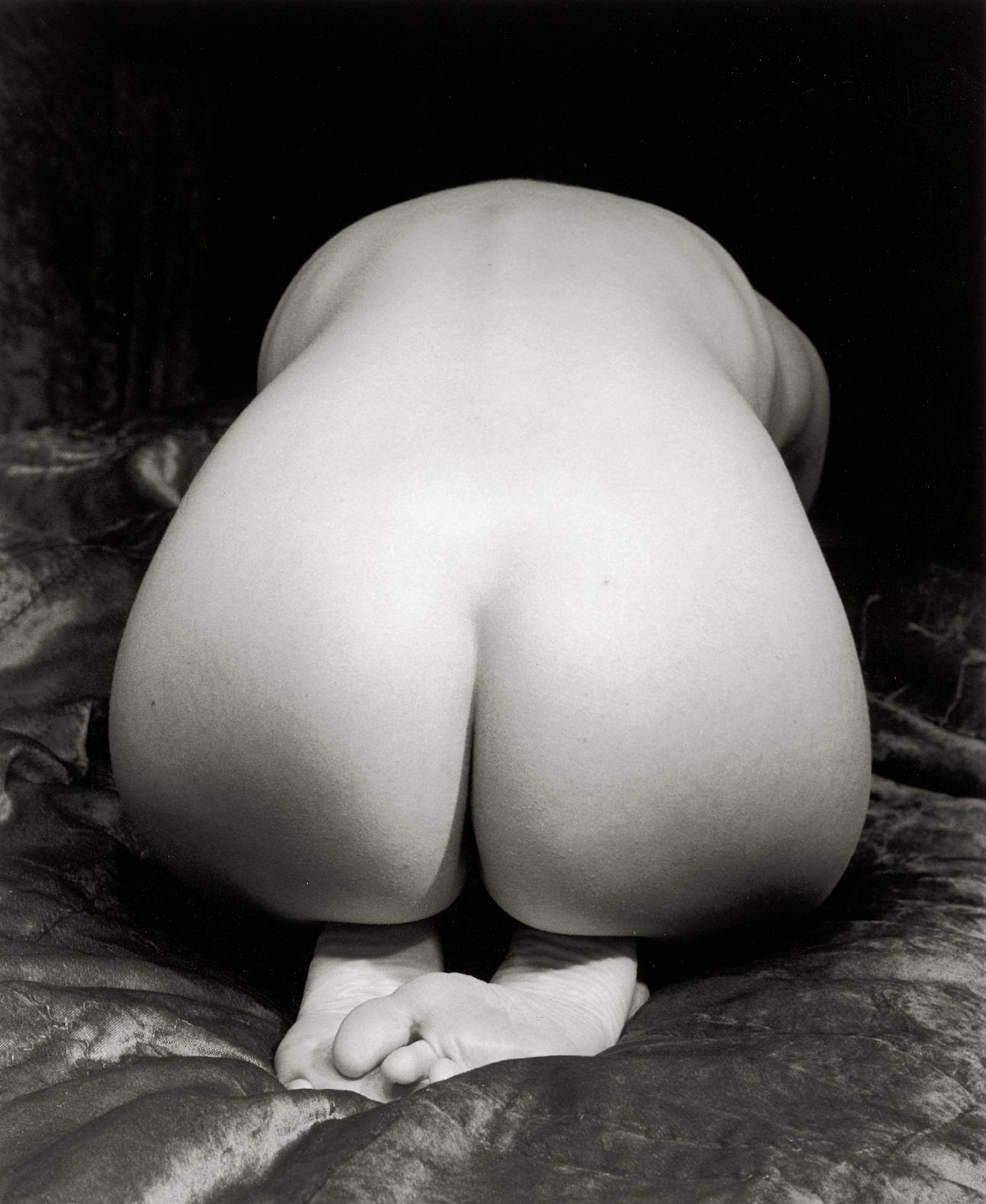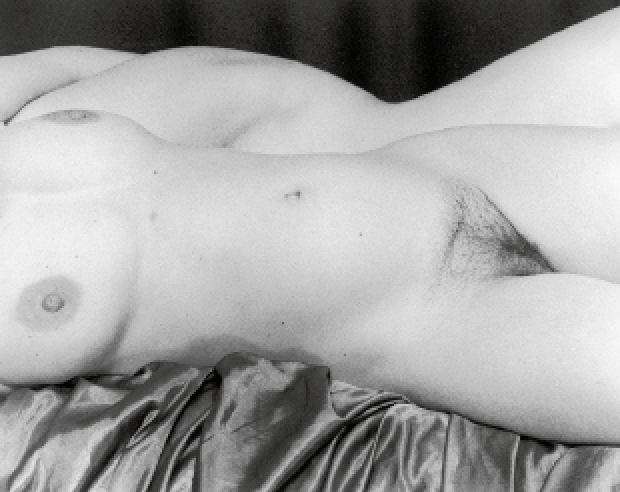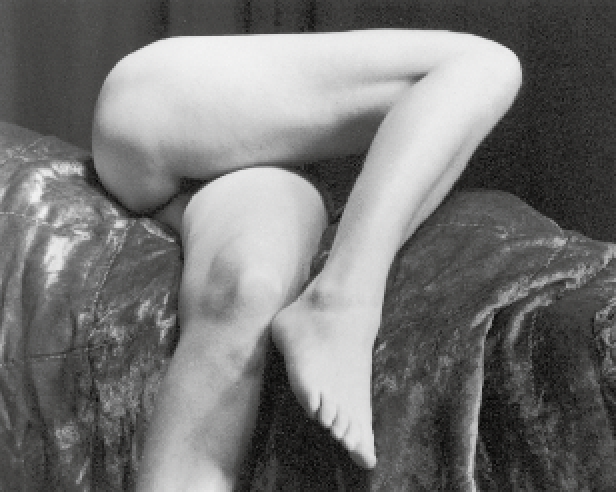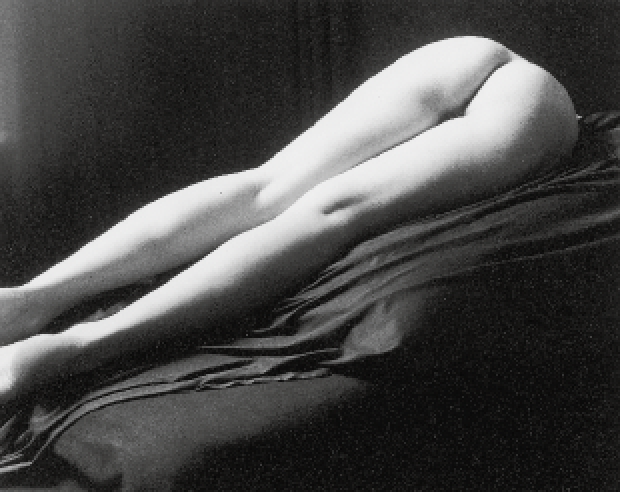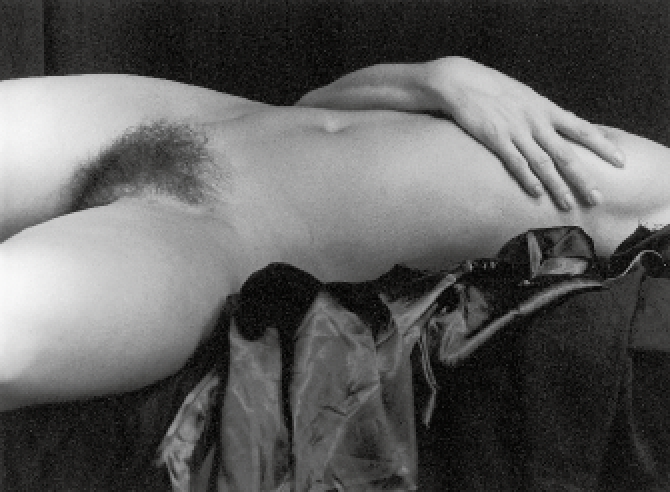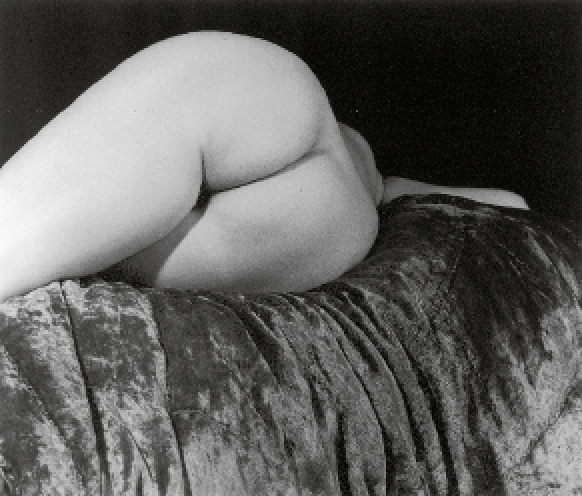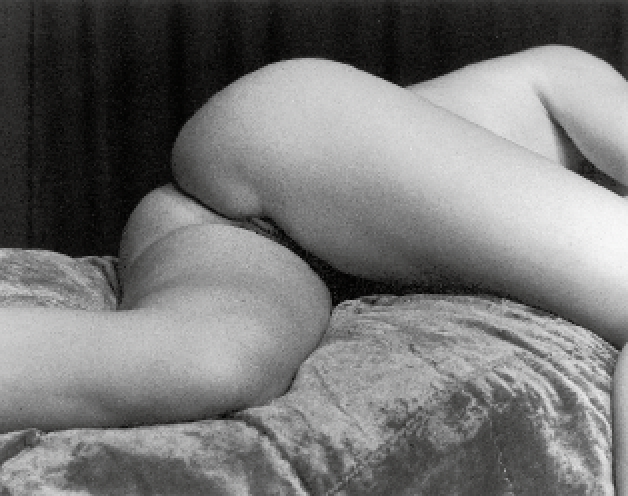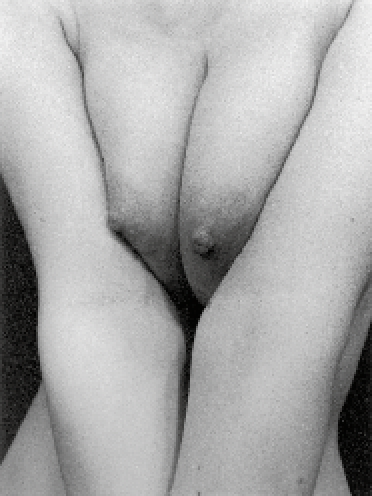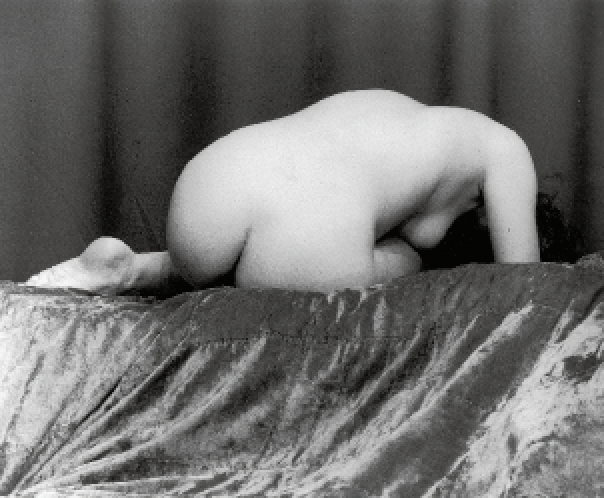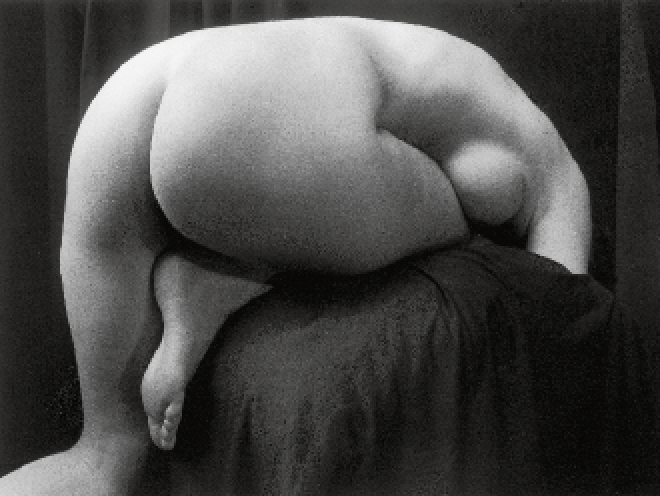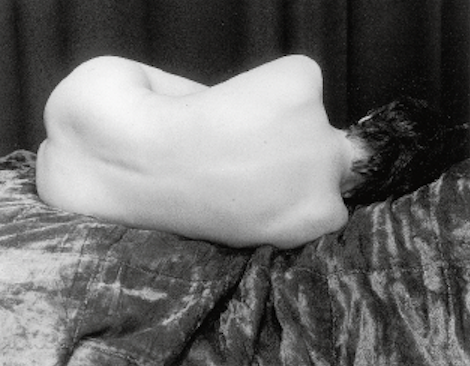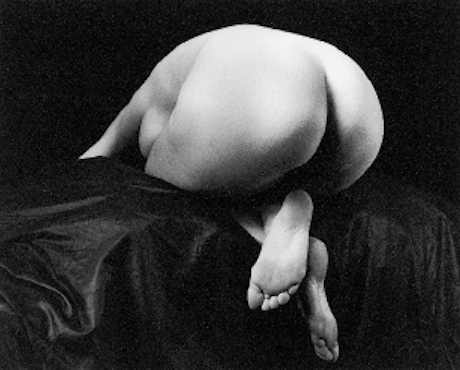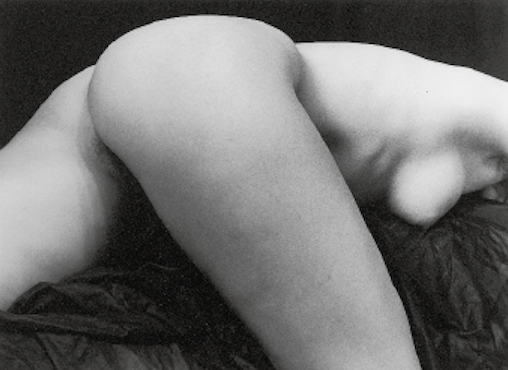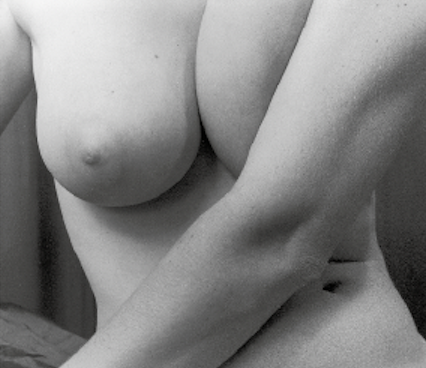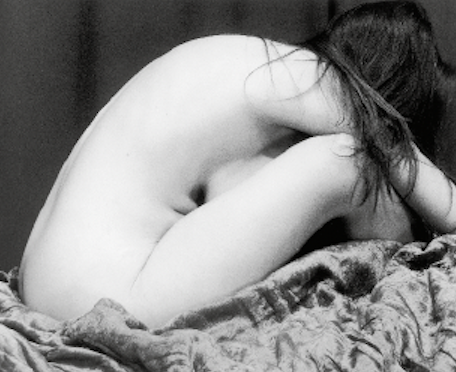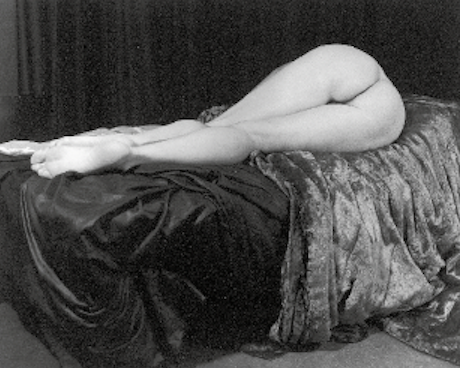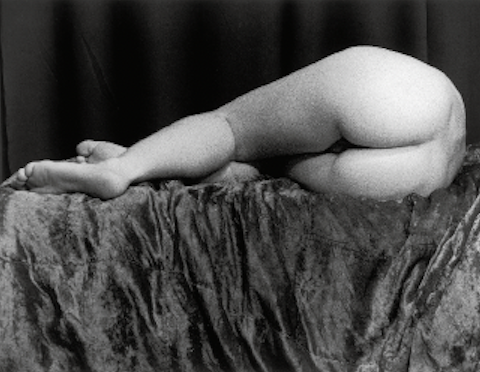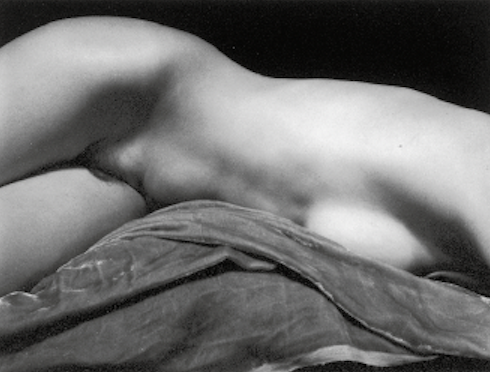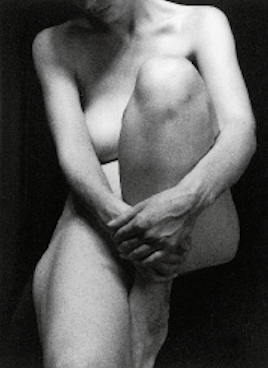Atze Haytsma (1929) is a Dutch sculptor, photographer, and poet whose work is defined by an unwavering dedication to figurative art, even in an era dominated by abstraction and experimental forms.
His interest in art emerged early in life, yet it was only after his youth that he pursued various art courses. He studied under different teachers and attended classes that explored both classical techniques and modern movements. Despite being confronted with avant-garde ideas, his focus remained firmly on the human body as a source of beauty and expression.
Although Haytsma encountered art at a young age, he did not begin working as an independent artist until later in life. This late start gave him the freedom to develop a wholly personal style, without being swept along by fleeting trends. The female figure became his primary source of inspiration; in his sculptures and photographs, he emphasized soft curves, the tension between movement and stillness, and the intimacy of human forms.
In Amsterdam, Haytsma lived in the same building as poet and visual artist Lucebert. Through him, he also met members of the Cobra movement, including Karel Appel. While he valued Cobra’s free-spirited energy and experimental drive, he consciously chose to remain faithful to figurative art.
His sculptures, often executed in bronze or stone, combine a classical appreciation for anatomy with a subtle, poetic sensibility. As a photographer, he captured not only models but also the interplay of form, light, and shadow, enhancing the sculptural quality of his subjects. His poetry, sometimes published in small editions, reflects the same central theme: the celebration of beauty.
Atze Haytsma’s oeuvre stands as a counterpoint within post-war Dutch art: a steadfast plea for figuration in an age of abstract and conceptual dominance. His work underscores the power of direct, physical engagement between artist and subject, and embodies a respect for classical art forms while remaining unmistakably rooted in the 20th century.

